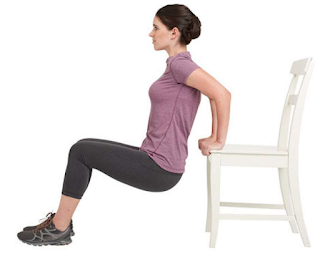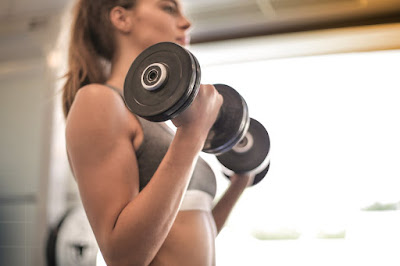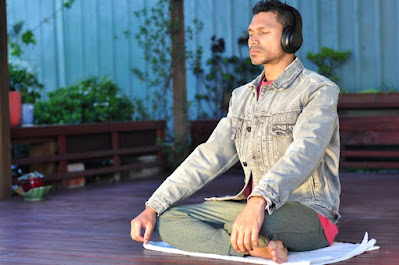3 MONSTER BODYWEIGHT EXERCISE YOU CAN DO AT HOME TO BUILD STRENGTH AND SIZE!

Build a Powerful Upper Body with Bodyweight Training Bodyweight training is a versatile, practical, and effective approach to fitness that can help you achieve a strong, toned, and functional upper body without the drawbacks associated with other forms of exercise. Whether you're just starting your fitness journey or looking to enhance your existing routine, incorporating bodyweight exercises can offer significant advantages. Exercise 1: Push-Ups Push-ups are a cornerstone of bodyweight training, celebrated for their simplicity and effectiveness. They target multiple muscle groups and can be adapted in various ways to keep your workouts challenging and engaging. Description: Basic Form and Variations The basic push-up begins with you lying face down, palms on the floor slightly wider than shoulder-width apart, and feet together or slightly apart. Push your body up, keeping your back and legs straight, until your arms are fully extended. Lower yourself back down until your chest alm




